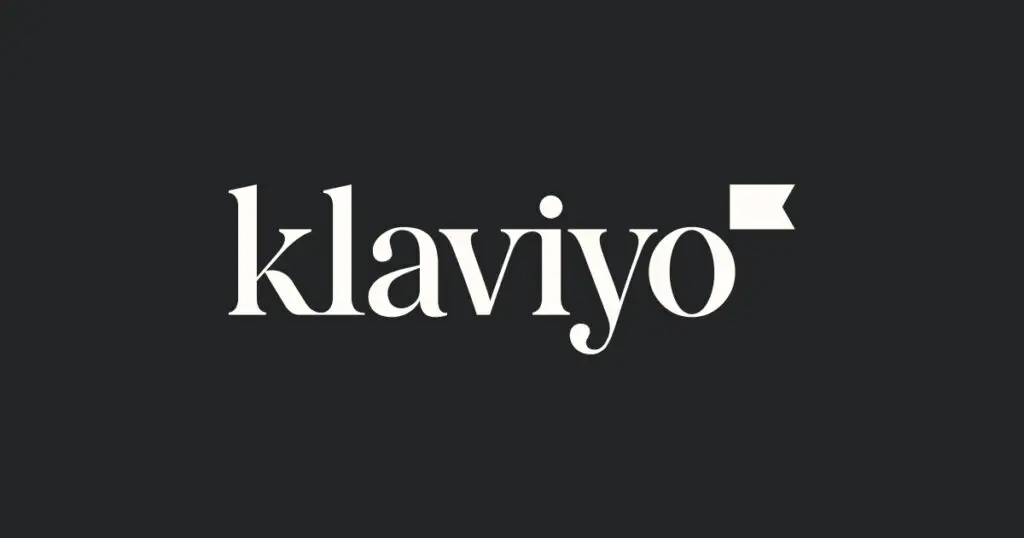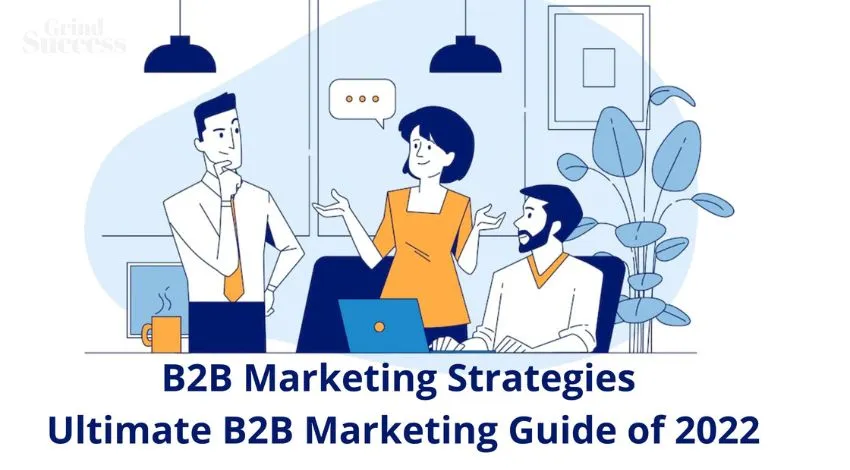Are Minimum Advertised Prices (MAP) Legal?


In the bustling realm of e-commerce, where every price point can sway consumer choices, the concept of Minimum Advertised Price (MAP) stands out as a beacon of brand protection.
At its core, MAP delineates the lowest price a product can be publicly advertised at, without dictating the actual sale price.
This ensures that while competitive pricing strategies can be employed, the perceived value of products remains undiminished. However, as straightforward as it might seem, MAP is not without its complexities.
Beyond its commercial implications, MAP treads a delicate path within the legal framework, making its understanding and enforcement a topic of paramount importance for brands and retailers alike.
Table of Contents
Understanding MAP
The Minimum Advertised Price, commonly referred to as MAP, is a stipulated price threshold set by manufacturers or brands.
It outlines the lowest price at which a product can be advertised, but crucially, it doesn’t bind retailers to that as a selling price. In the intricate world of retail and e-commerce, MAP serves a dual purpose.
Firstly, it safeguards a product’s perceived market value, ensuring that aggressive advertising doesn’t erode its worth in the eyes of consumers.
Secondly, with the rise of digital commerce and the plethora of platforms available, map price monitoring software has become indispensable, ensuring that advertised prices across various channels adhere to the set guidelines.
It’s essential to note that while MAP dictates the advertisement realm, the actual transaction can occur at a different price, allowing retailers some flexibility in their sales strategies.
Legal Aspects of MAP
Historically, the waters surrounding MAP policies have been murky, with courts and regulators frequently revisiting their stance.
In the early days, MAP was often viewed with skepticism, with concerns that it might border on price fixing, a practice deemed anti-competitive and illegal in many jurisdictions.
However, as the nuances of MAP became clearer, the distinction between it and price fixing became more pronounced. While price fixing involves collusion to set a product’s selling price, MAP solely focuses on the advertised price, leaving the actual sale price to the retailer’s discretion.
In today’s legal landscape, the stance on MAP varies across jurisdictions. Some regions fully endorse it, recognizing its role in preserving brand value, while others tread cautiously, ensuring it doesn’t veer into anti-competitive territory.
Benefits of MAP for Brands and Retailers
For brands, MAP is a shield, protecting their image and the perceived value of their products. It ensures that products, irrespective of where they’re sold, maintain a consistent market image.

Retailers, on the other hand, benefit from a level playing field. With MAP in place, large retailers with significant advertising budgets can’t undermine smaller retailers by advertising products at drastically reduced prices.
This ensures fair competition, where retailers compete on service, delivery, and other value-added aspects rather than just price. In essence, MAP fosters an environment where both brands and retailers can thrive.
MAP Price Monitoring Software
In the digital age, where prices can be updated in mere seconds and advertisements can reach millions almost instantly, continuous monitoring of advertised prices becomes not just beneficial, but essential.
Enter MAP price monitoring software. These sophisticated tools are designed to scan multiple online platforms, tracking the advertised prices of products and ensuring they align with the set MAP guidelines.
The advantages of such dedicated tools are manifold. They offer real-time alerts, comprehensive analytics, and visualization capabilities, making it easier to spot and address potential violations.
Moreover, they significantly reduce the time and resources required for monitoring, ensuring brands can focus on growth and strategy rather than getting bogged down in constant price checks.
Challenges in MAP Enforcement
While MAP policies offer numerous benefits, enforcing them isn’t without challenges. Addressing potential violations requires a delicate balance. Brands must ensure compliance without alienating their retail partners.
A heavy-handed approach can strain relationships, while a lax stance can erode brand value. Moreover, the digital landscape, with its myriad of platforms and global reach, adds layers of complexity to enforcement.
Brands must navigate these challenges, leveraging technology and open communication, to ensure that MAP policies are upheld without compromising on retailer relationships or brand integrity.
Future Trends in MAP and its Legal Implications
As e-commerce continues to expand and reshape the global marketplace, the legal perspectives on MAP are bound to evolve. Regulatory bodies will likely revisit and refine their stances to ensure that MAP policies remain fair and competitive.
One significant trend to watch is the integration of technology in shaping MAP enforcement. With advancements in artificial intelligence and machine learning, future MAP monitoring tools will be more predictive, offering insights into potential violations even before they occur.
These technological innovations will not only streamline enforcement but also influence how legal frameworks view and regulate MAP, ensuring a balance between brand protection and fair competition.
Conclusion
The world of e-commerce is in a constant state of flux, with brands and retailers navigating a myriad of challenges and opportunities. At the heart of this dynamic landscape lies the concept of Minimum Advertised Price.
Understanding its legalities is paramount for brands aiming to protect their image and value. As the digital marketplace grows, the importance of MAP only intensifies.
Brands must remain vigilant, leveraging advanced monitoring tools to ensure compliance. In doing so, they not only uphold their reputation but also position themselves for success in an ever-evolving e-commerce world.
This post was proofread by Grammarly. Try it – It’s Free!
Millions trust Grammarly’s free writing app to make their online writing clear and effective. Getting started is simple
Email, SMS, and more — Klaviyo brings your marketing all together, fueling growth without burning through time and resources.
Deliver more relevant email and text messages — powered by your data. Klaviyo helps you turn one-time buyers into repeat customers with all the power of an enterprise solution and none of the complexity.







